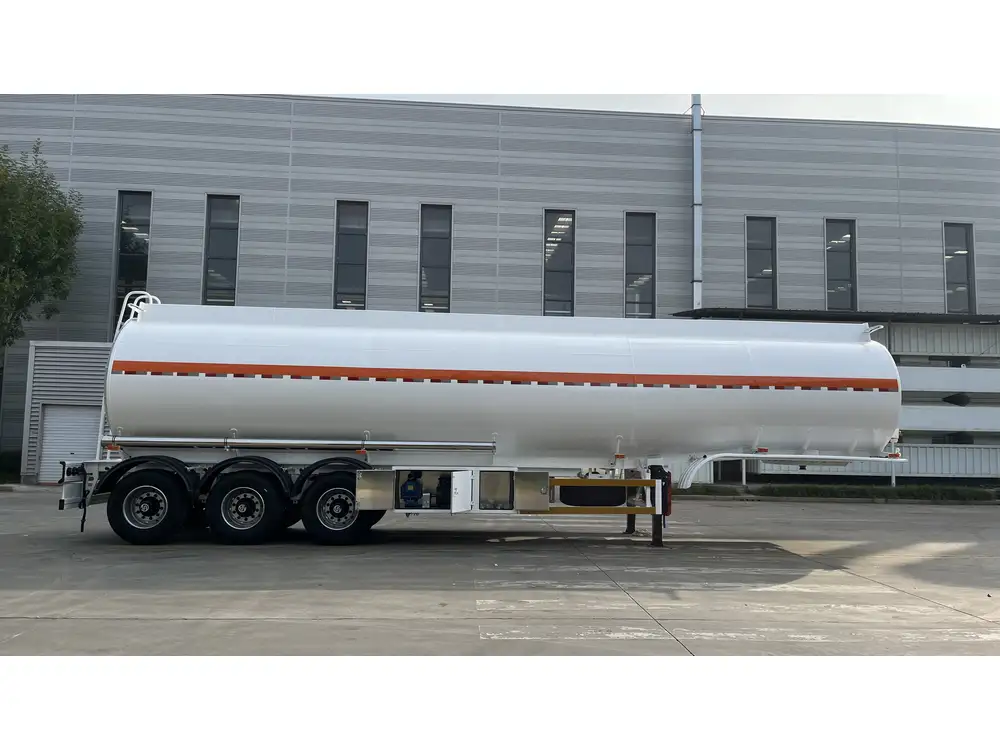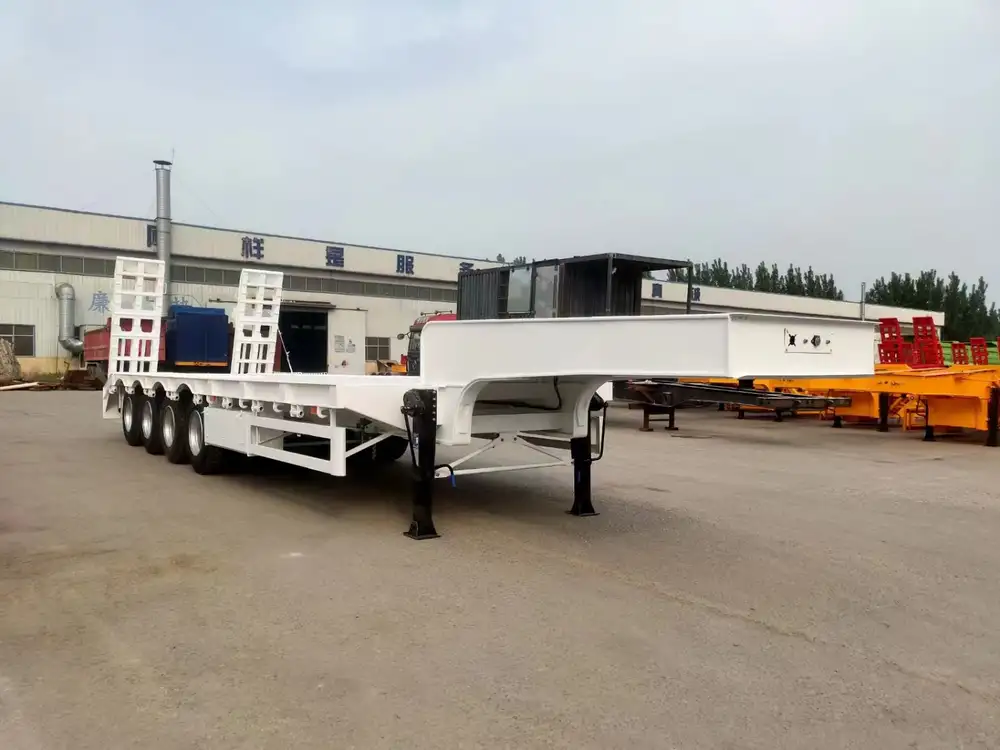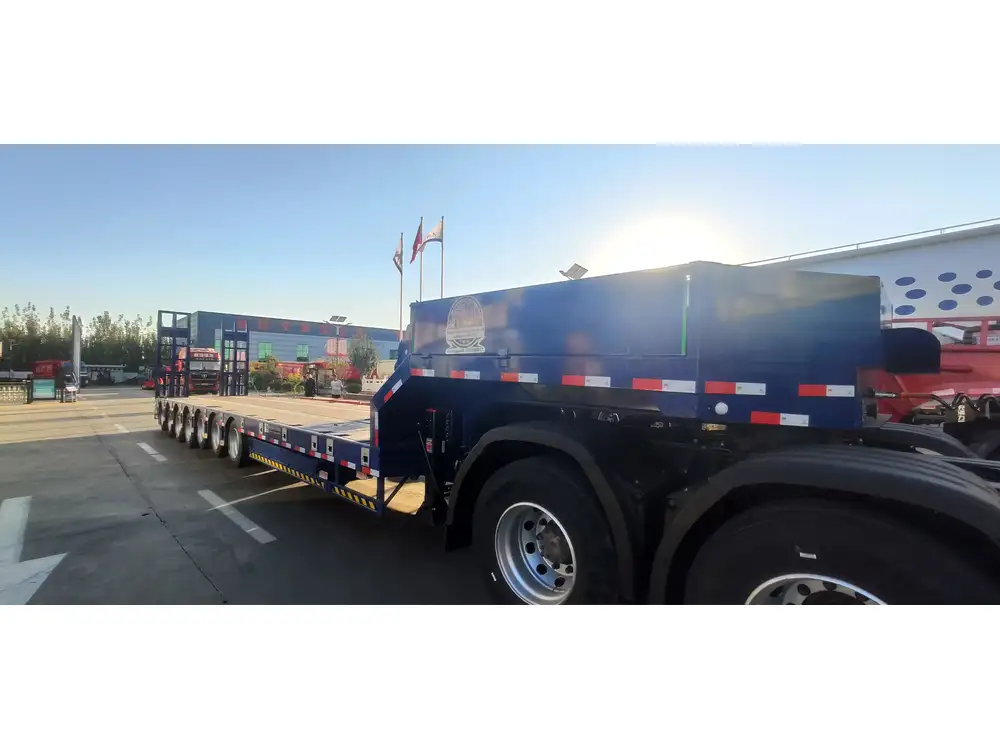Converting a boat trailer into a flatbed trailer can be a rewarding endeavor. With the right tools, knowledge, and safety precautions, you can repurpose an idle trailer into a functional piece of equipment that serves your hauling needs. This guide will provide you with a step-by-step process, covering everything from planning and preparation to the final touches on your conversion.
Table of Contents
- Understanding Your Trailer
- Planning the Conversion
- Essential Tools and Materials
- Step-by-Step Conversion Process
- Safety Tips
- Maintenance and Care
- Conclusion
Understanding Your Trailer
Before diving into the conversion process, it’s crucial to understand the type of boat trailer you own. Boat trailers often come in various forms, including:
- Bunk Trailers: Designed with bunks or pads to support the hull.
- Roller Trailers: Equipped with rollers to facilitate launching and retrieving a boat.
- Tandem Axle Trailers: Have multiple axles for better weight distribution.
Identifying your trailer type will inform your approach to the conversion, particularly the components you may need to modify or replace.

Planning the Conversion
A well-structured plan is the backbone of a successful conversion. Begin by assessing what you need in a flatbed trailer:
- Load Capacity: Determine the weight and types of materials you plan to transport.
- Size Specifications: Decide the dimensions of your flatbed based on your hauling requirements.
- Design Considerations: Think about any additional features, such as toolboxes or tie-down points.
Creating a Blueprint
Sketch out a blueprint that details the conversion, including dimensions, placement of components, and any modifications required. This will serve as a guiding map throughout the conversion process, making it easier to track progress and adjustments.
Essential Tools and Materials
Gathering the necessary tools and materials in advance will streamline your conversion process. Below is a list of essential items:

Tools
| Tool | Purpose |
|---|---|
| Socket set | For removing and tightening bolts |
| Angle grinder | To cut steel or modify trailer parts |
| Welding machine | Essential for reinforcing and attaching components |
| Drill and drill bits | For creating holes for bolts and screws |
| Jacks and stands | To stabilize the trailer while working |
| Safety gear | Goggles, gloves, and dust mask for protection |
Materials
| Material | Purpose |
|---|---|
| Steel angle iron | For reinforcing the trailer frame |
| Plywood or decking | For creating the flatbed surface |
| Paint or sealant | To protect metal surfaces from rust |
| Tie-down straps | For securing loads to the flatbed |
| Replacement tires | Ensuring the trailer can handle the intended load |
Step-by-Step Conversion Process
Now that planning is complete and tools are ready, it’s time to begin the conversion. Follow these steps for a seamless transition from a boat trailer to a flatbed trailer.

Disassembling the Trailer
- Prepare the Work Area: Ensure your workspace is organized and free from obstructions.
- Remove Existing Components: Take off the boat supports, rollers, and any other hardware that will not be required for the flatbed design.
- Assess the Frame: Check for any signs of rust or damage. This is the time to repair any flaws to ensure structural integrity.
- Dispose of Unnecessary Parts: Keep parts that may be useful later but dispose of damaged or irreparable components.
Reinforcing the Frame
To handle heavier loads, reinforcement is crucial.
- Measure the Frame: Use your blueprint as a guide to determine where to add strength.
- Cut Steel Angle Iron: Using the angle grinder, cut the angle iron to size.
- Weld in Place: Secure the angle iron to the existing trailer frame with a welding machine, ensuring all points are sturdy and aligned.
- Inspect for Stability: Once the welding is complete, ensure there are no wobbly sections. The frame should feel solid and secure.
Adding a Flatbed Surface
This is the most visible part of the conversion.
- Select Flatbed Material: Choose plywood, composite decking, or metal sheets based on your intended load.
- Cut to Size: Using your measurements, cut the flatbed material to the dimensions outlined in your blueprint.
- Secure the Flatbed: Attach the cut material to the frame using bolts and screws for stability, or you can weld metal sheets for a more permanent solution.
- Ensure Leveling: Check that the surface is level and firmly secured across the frame, allowing for a uniform load distribution.

Wiring and Electrical Considerations
If your original boat trailer had electrical components, you need to rethink their placement.
- Remove Old Wiring: Carefully take out existing wiring that is unnecessary for flatbed use.
- Install New Lights: Depending on your local regulations, attach taillights and reflectors to ensure visibility on the road.
- Test Connections: Before completing the conversion, connect your wiring to a power source and test all lights.
Final Adjustments
- Inspect All Connections: Check that all bolts, screws, and welds are secure.
- Paint and Seal: Apply rust-inhibiting paint to the metal components to prolong the life of your trailer, especially if it’s exposed to the elements.
- Check Tires: Ensure that the tires are suitable for the new weight distribution and replace them if necessary.
Safety Tips
Safety should always be a priority during the conversion process. Consider the following:
- Wear Protective Gear: Always use gloves, goggles, and a dust mask during cutting and welding.
- Follow Electrical Guidelines: When working with electrical components, ensure all connections are properly insulated.
- Stabilize the Trailer: Use jacks and stands to keep the trailer from shifting during work.
- Test Before Use: After the conversion, rigorously test the trailer under load to ensure everything is functioning properly.

Maintenance and Care
Once your trailer is transformed, regular maintenance will keep it in excellent condition.
- Periodic Inspections: Regularly check all bolts, screws, and welds for signs of wear.
- Clean and Seal: Clean the flatbed to avoid rust and apply sealant as needed.
- Tire Maintenance: Monitor tire pressure and treads to prevent blowouts during use.
Conclusion
Converting a boat trailer into a flatbed trailer is an invigorating project that can yield a highly functional tool for transporting goods. With careful planning, the right tools, and adherence to safety protocols, your new flatbed trailer will not only meet your needs but also stand the test of time. By following this step-by-step guide, you’ll transform an idle trailer into a powerful asset, expanding its utility well beyond its original purpose.



